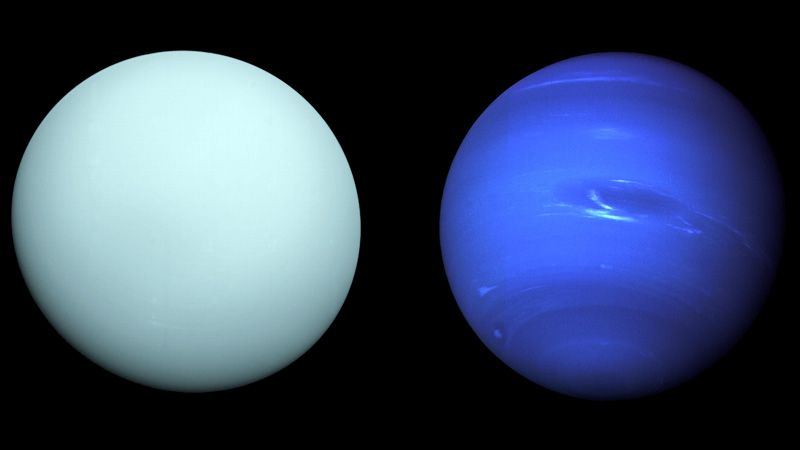
"Even teenagers who haven't been convicted of a felony have behavior issues," she explained. While Caruso noted that young prisoners are usually considered vulnerable, she recalled instances where older inmates had called their young cellmates wild and impulsive and asked for reassignments. Cute Teens, Hot Sexy Girls, Young Teen Babes, Porn Pics with Nude Teenie Girls Pictures of Hot Naked Women Browse through our far stretching nude girls pictures including varied categories as pierced, lesbian, Latina. 2,901 Young Teen Girls In Swimsuits Premium High Res Photos.Amateur sex teens young bisex bareback fucking Fucking hot webcam teen boys bareback porn | GayBoysTube.
#Look deeper serial
Gay serial killer The Candyman murdered 30 teen boys in 1970s. Kaley Cuoco Bares Her Breast on Snapchat - See the Pic!.2,178 Short Skirt Teens Premium High Res Photos - Getty Images.Incredible images show more than 300 young boys undergoing.

#Look deeper software
Innovations in areas as diverse as lasers, optics, metrology, vacuum technology, chemical bonding, and software algorithm development have resulted directly from LIGO’s pioneering work. The links below contain greater detail of some of LIGO's most impressive engineering and technology components.ĭuring its development, LIGO has already spawned innovative technology and invention. Working together, LIGO’s engineering systems and subsystems keep enough of this noise at bay for LIGO to hear the faintest whispers of gravitational waves from the depths of space. Noise, such as physical vibrations from the environment (from cars driving on nearby roads to waves crashing on distant ocean shores), quantum fluctuations within the laser itself, nanometer-scale changes in the shapes of optics, even molecules crossing the path of the laser could hamper LIGO's efforts to make its sensitive detections. Each of LIGO’s complex engineering systems, though intrinsically different, work together for one singular goal: eliminating noise. While LIGO’s search for gravitational waves relies heavily on its most prominent systems (lasers, mirrors, and photodetectors), it is the extraordinary supporting engineering and infrastructure that makes LIGO’s task even remotely possible. Achieving this degree of sensitivity requires a remarkable combination of technological innovations in precision lasers, vacuum technology, and advanced optical and mechanical systems. How faint are these whispers? LIGO must detect a change in arm length of about 10 -19 m (10,000 times smaller than a proton).

This accomplishment was achieved because LIGO is designed to sense the infinitesimally faint whispers of gravitational waves through the imprint of that radiation on laser light. More than 40 years later, on September 14, 2015, gravitational waves were directly detected by LIGO's interferometers. Analyses of other binary neutron star systems confirmed this effect firmly concluding that gravitational waves were not just theoretical. Seven years later, after tracking the radio emissions of one star in the pair over a period of years, Taylor and two other colleagues (Joel Weisberg and Lee Fowler) noted that the time it takes for the two stars to orbit each other was decreasing exactly in a way that general relativity predicted if the two stars were radiating gravitational waves.

In 1993, astrophysicists Russell Hulse and Joseph Taylor received the Nobel Prize in Physics for their 1974 discovery of a binary pair of neutron stars 21,000 light years from Earth. If you're already relatively familiar with how LIGO works, this is the place for you to delve ever deeper into LIGO's remarkable engineering. The pages in this section describe some of LIGO's most important mechanical systems in detail. Nevertheless, LIGO’s parts are remarkable in and of themselves. The whole of LIGO is so much greater than the sum of its individual parts. Super-stabilized lasers, enormous vacuum systems, the purest optics, unprecedented vibration isolation, and servo controls all work symbiotically for one singular purpose: To sense the ephemeral passage of a gravitational wave. A pair of widely-separated ground-based gravitational wave detectors, LIGO is a masterpiece of complex and sophisticated engineering.


 0 kommentar(er)
0 kommentar(er)
